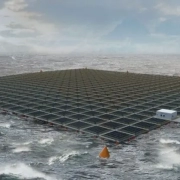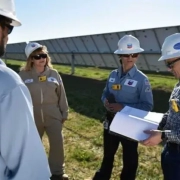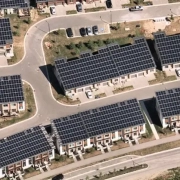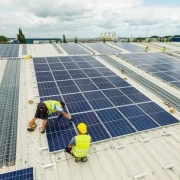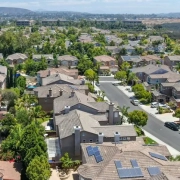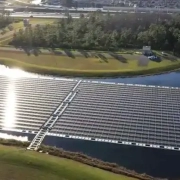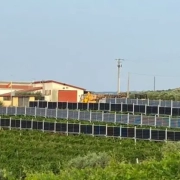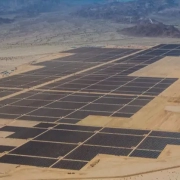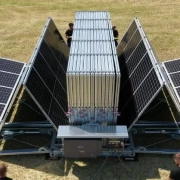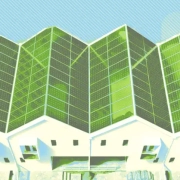The idea of floating solar panels on reservoirs and other calm waters has already taken hold. Sending them off to sea is another matter of next-level engineering. However, the potential benefit of co-locating solar arrays with offshore wind farms is a tempting prize, and the firm Moss Maritime is moving closer to a solution.
Offshore Floating Solar Modules: It’s Complicated
The Moss venture is especially interesting because Moss Maritime is an established expert in floating offshore technology as a branch of the global conglomerate Saipem, which is known for its decades-long experience in offshore oil drilling. It’s a good example of the ways in which fossil energy know-how can work for the energy transition, not against it.
Click here to read the full article
Source: Clean Technica
—
If you have any questions or thoughts about the topic, feel free to contact us here or leave a comment below.

